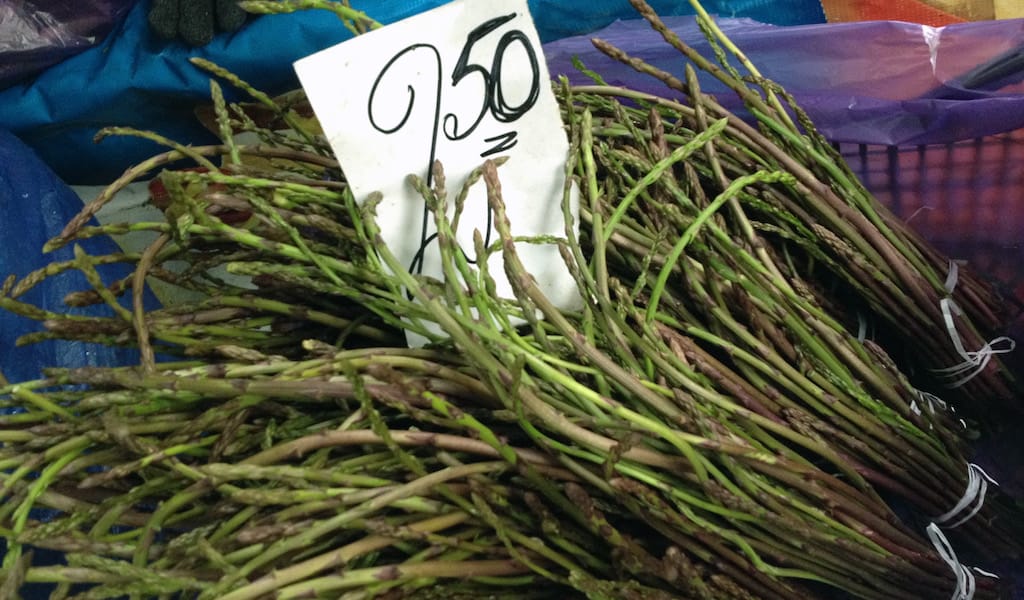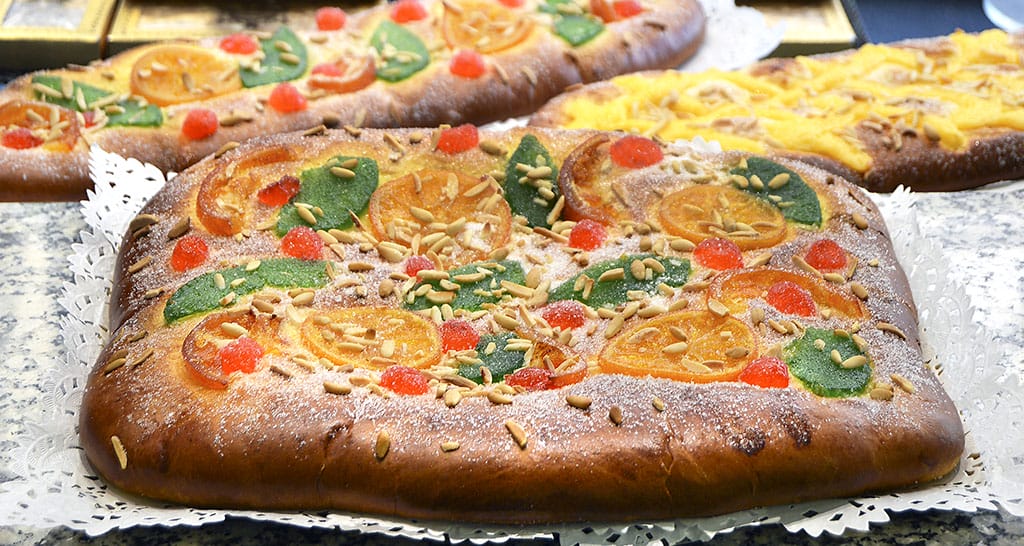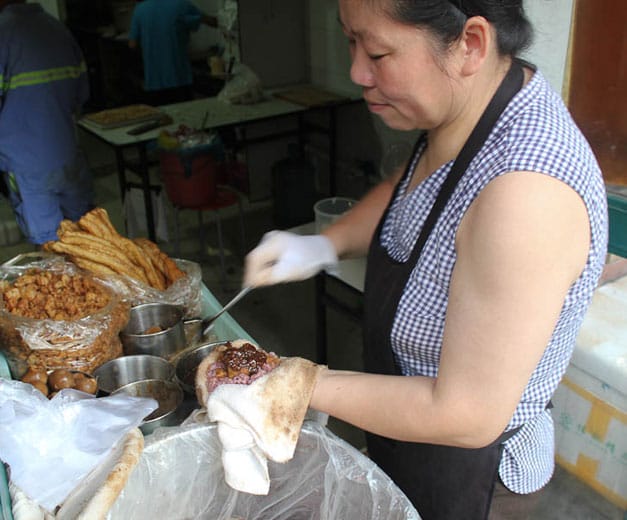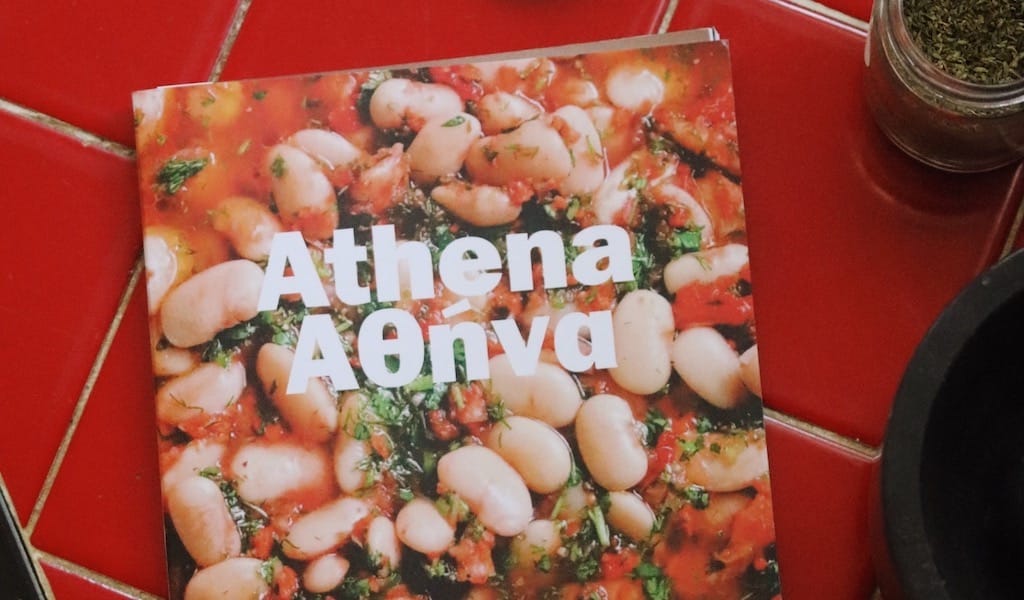Out here in Garikula, our slice of heaven an hour west of Tbilisi, spring is peaking. It started with the plum blossoms and now the apple, pear and cherry blossoms are popping, painting the countryside in patches of white and pink. Walking along a village path with our neighbor Shota, he suddenly stops, bends down and reaches into a wad of weeds and pulls.
“Ah-ha,” he says showing us a little bundle of wild asparagus, skinny, green and an appetizing revelation when cooked just right.
Back in Tbilisi, this asparagus appeared in the central bazaar a couple weeks ago, along with other welcomed indications that springtime has finally arrived: baby potatoes, Armenian tarragon, purple basil, nettles and ekala, often described as a wild spinach from west Georgia (in fact, it is actually part of the Smilax family, making it a kind of sarsaparilla). While most people here associate springtime with chakapuli, an audacious stew of lamb, tarragon, sour plum and white wine served on Easter Sunday, others embrace the season through Georgia’s rich variety of wild greens.
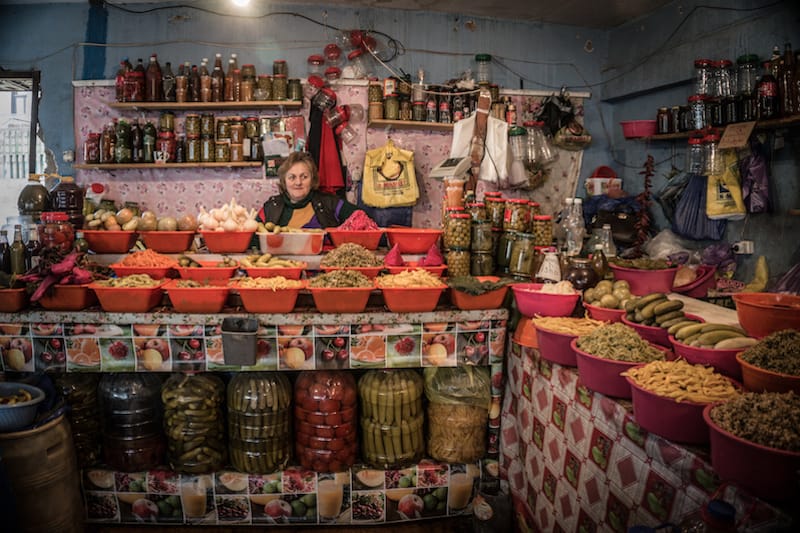
Nunu Gachecheladze, our “pickling queen” at the Deserter’s Bazaar, eagerly offered us her pickled ghandzili, a wild garlic, on a recent visit. One might confuse it for chives if they didn’t know better.
“Chop it and mix it with fresh coriander, [raw] sunflower seed oil and a little vinegar. Auf!” she exclaimed with a thumb up. (Her other hand was in a big bowl of marinated carrots.)
“There is a whole culture of feeding yourself and family with the food you collect from wild bushes along the sides of roads.”
Pickling is the traditional way of eating ghandzili, which has a season of only a few short weeks. For Ènek Peterson, manager of Vino Underground, its short lifespan makes it the most precious of spring greens.
“Springtime for me is ghandzili,” declares Tekuna Gachechiladze, the chef of Khasheria and Cafe Littera. Because it is hard to find the fresh herb in Tbilisi, Tekuna sources it from Kakheti and hoards it greedily, vacuum packing and freezing it so that she has enough to last through the summer. At her restaurants you’ll find it sautéed and added to dishes like the succulent veal cheeks or mixed with other wild greens like nettles and ekala and served warm.
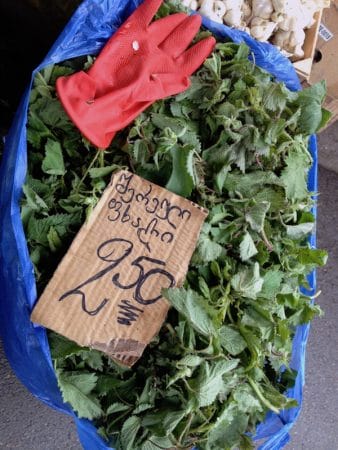 Twenty years ago, we were in the unmanicured Krakow backyard of our Georgian friends Gia and Zaza. “In Kakheti we eat these,” Gia said pointing at a clump of nettles. We thought he was either joking or that Georgians were absolutely loony. We had totally forgotten about Gia’s Polish weeds until a couple years ago when we dropped into Kakhelebi and had a most soulful salad made of nettles. Now that they are in season, we aim to return and chow down.
Twenty years ago, we were in the unmanicured Krakow backyard of our Georgian friends Gia and Zaza. “In Kakheti we eat these,” Gia said pointing at a clump of nettles. We thought he was either joking or that Georgians were absolutely loony. We had totally forgotten about Gia’s Polish weeds until a couple years ago when we dropped into Kakhelebi and had a most soulful salad made of nettles. Now that they are in season, we aim to return and chow down.
Ekala was also a hard-to-find green that’s now flourishing at the market. Like so many leafy veggies, it is often ground into a paste with walnuts, garlic and vinegar to make pkhali, but more restaurants are discovering how much more versatile it is. Ènek likes to cut the squirrelly tops off and add it to fresh salads. She has also been known to whip up a wicked sauté of ekala, wild asparagus and walnuts in a creamy dill sauce. She regrets that many people have a tendency to overcook it.
Spring is also when the most popular wild plant is harvested: known in English by the ambrosial name of “bladdernut,” this carnivorous plant is called jonjoli in Georgia. Once harvested, it is usually pickled and served with a pickled assortment of cucumbers, garlic and green tomatoes, all of which go great with lobio, or baked kidney beans. At Ezo, they rinse the brine off and mix it with red onion and raw sunflower oil. Cafe Littera’s Tekuna likes to lightly marinate the fresh button-like flowers and add them in her salads.
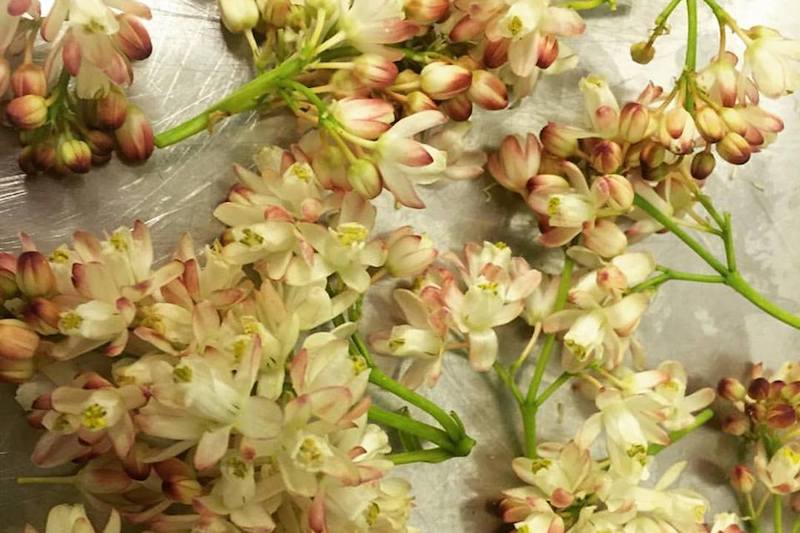
Danduri, or purslane, comes later in the season. It is a weed loaded with vitamins and minerals and packs more of the cholesterol-reducing omega-3 fatty acids than any other leafy veggie. It is usually added raw to salads or lightly steamed or sautéed. Natsarkatama, a.k.a. goosefoot, is another weed consumed in Georgian villages that is also finding its way onto dinner tables in Tbilisi – peasant recipes are starting to get high-end treatment in the capital.
“There is a whole culture of feeding yourself and family with the food you collect from wild bushes along the sides of roads,” says the epicurean Tamar Babuadze, editor the local cultural magazine Indigo. “I love to see the lifestyle of people in these recipes.”
Editor’s note: To celebrate the arrival of spring this year, we’re looking at seasonal produce and products that are a bit surprising.
This article was originally published on April 17, 2018.
 June 22, 2017 Revetlla de Sant Joan
June 22, 2017 Revetlla de Sant Joan
On the night of June 22, a fire is lit at the top of Canigó mountain in the Pyrenees. […] Posted in Barcelona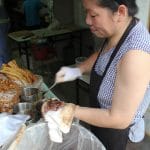 May 28, 2015 Zifantuan
May 28, 2015 Zifantuan
One of the seven necessities of Chinese daily life, rice is eaten in many forms […] Posted in Shanghai, Street Food Masters November 5, 2020 CB Book Club
November 5, 2020 CB Book Club
We recently spoke to Sharon Brenner about her mini-cookbook, Athena: Cooking from […] Posted in Athens
Published on April 29, 2022
Related stories
June 22, 2017
BarcelonaOn the night of June 22, a fire is lit at the top of Canigó mountain in the Pyrenees. All through the night, hundreds of volunteer torchbearers carry the flame to towns and villages throughout the four provinces of Catalonia. The arrival of the flame the next day signals the start of the Revetlla de…
May 28, 2015
ShanghaiOne of the seven necessities of Chinese daily life, rice is eaten in many forms throughout the day, including – and especially – at breakfast. Congee is undoubtedly China’s best-known breakfast food, but less famous globally, and wildly popular locally, is the unassuming rice ball (饭团, fàn tuán). Sometimes called cí fàn tuán (糍饭团, “glutinous…
November 5, 2020
Athens | By Culinary Backstreets
AthensWe recently spoke to Sharon Brenner about her mini-cookbook, Athena: Cooking from Athens, Greece, which introduces readers to Athenian-inspired dishes – with a focus on everyday food – as well as the experience of cooking and eating in Athens. It’s a small volume that opens the door to the city’s food culture. Now based in…







































